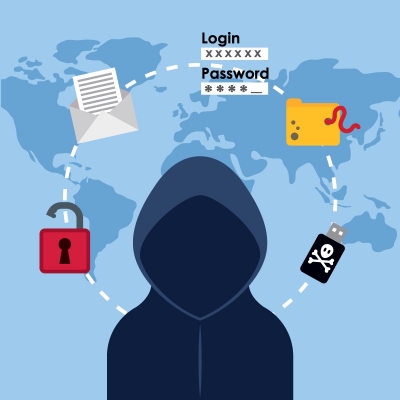
Only a few hundred years ago, the fastest way that a piece of news could travel was to be carried by a person on horseback. Messages sent overseas could only travel as fast as the fastest sailing ship and were at the mercy of the wind and weather. The development of steam locomotives and steamships made it possible for information to move around the world more quickly, but it still had to travel physically from one place to another, as a letter. The breakthrough came with the invention of the electric telegraph and messages in Morse code. The message was sent down a wire in bursts of electric current. Today, images of written documents, sound recordings or television pictures can be flashed around the globe in less than a second by means of satellites and radio communications.
It seems like advancements in technology and changes in communication always go hand in hand. When science was working to introduce new tools to let distant people contact each other, the landlines replaced telegraph and subsequently, cell phones replaced landlines. When the Internet arrived, it not only brought revolution in the sales industry but also opened new doors of personal communication. When science was looking for more convenient ways to send messages, e-mails replaced postal emails and social media replaced text messages. So it would not be wrong to say that technology has been shaping the communication industry for over a hundred years.
Previously, there were not much mediums of communication and today we are completely overwhelmed with the disparate mediums, thanks to the ever-changing technology! From Facebook to Instagram and skype to Whatsapp, we now have the limitless database of communication tools that have brought us closer to the entire world. All these communication mediums have also impacted our lives in different ways. For example, it’s true that Smartphones have brought us closer to our friends and relatives living in distant places, but at the same time, they have also made our society somewhat impersonal. Although they have helped increasing workplace engagement and productivity, they have also given rise to certain security and privacy issues. While some of these issues are relatively minor, but some may have profound effects on the lives of users.
Picture Credit : Google




